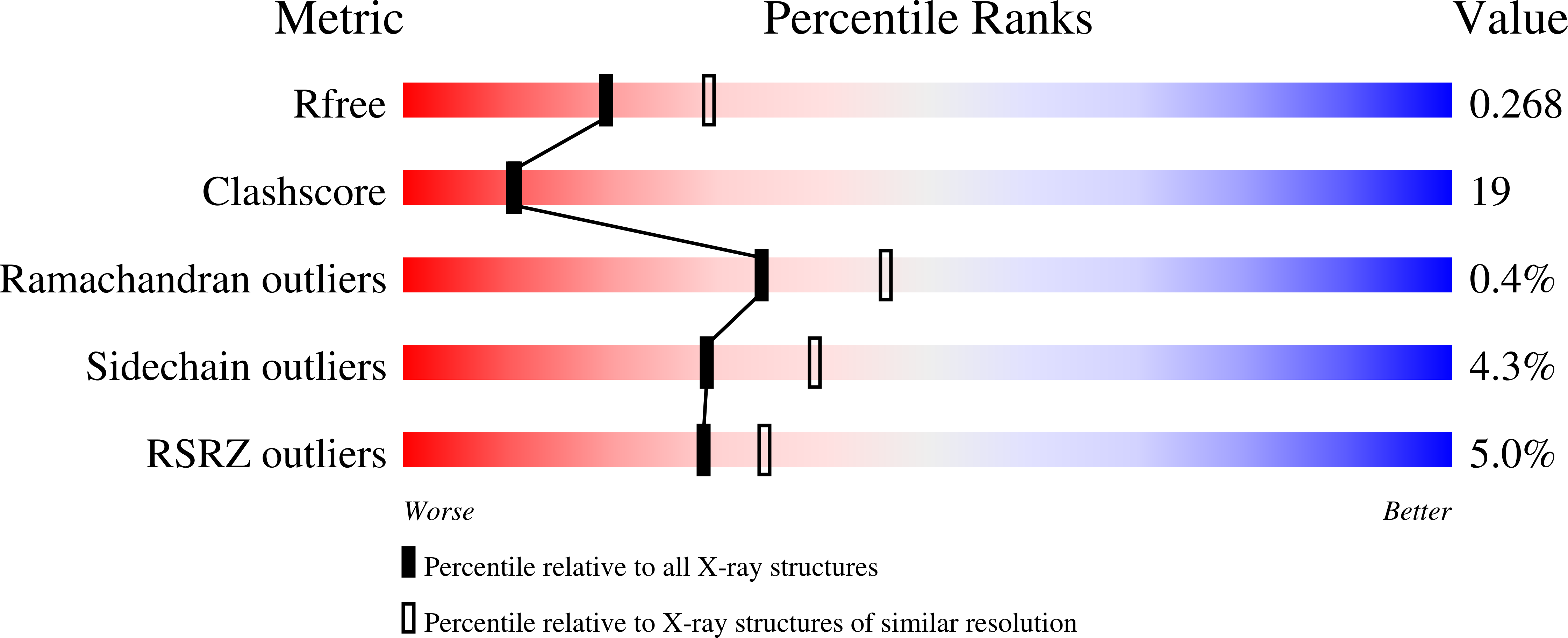
Deposition Date
2021-12-02
Release Date
2022-02-16
Last Version Date
2024-11-13
Method Details:
Experimental Method:
Resolution:
2.55 Å
R-Value Free:
0.26
R-Value Work:
0.25
R-Value Observed:
0.25
Space Group:
I 41 2 2


